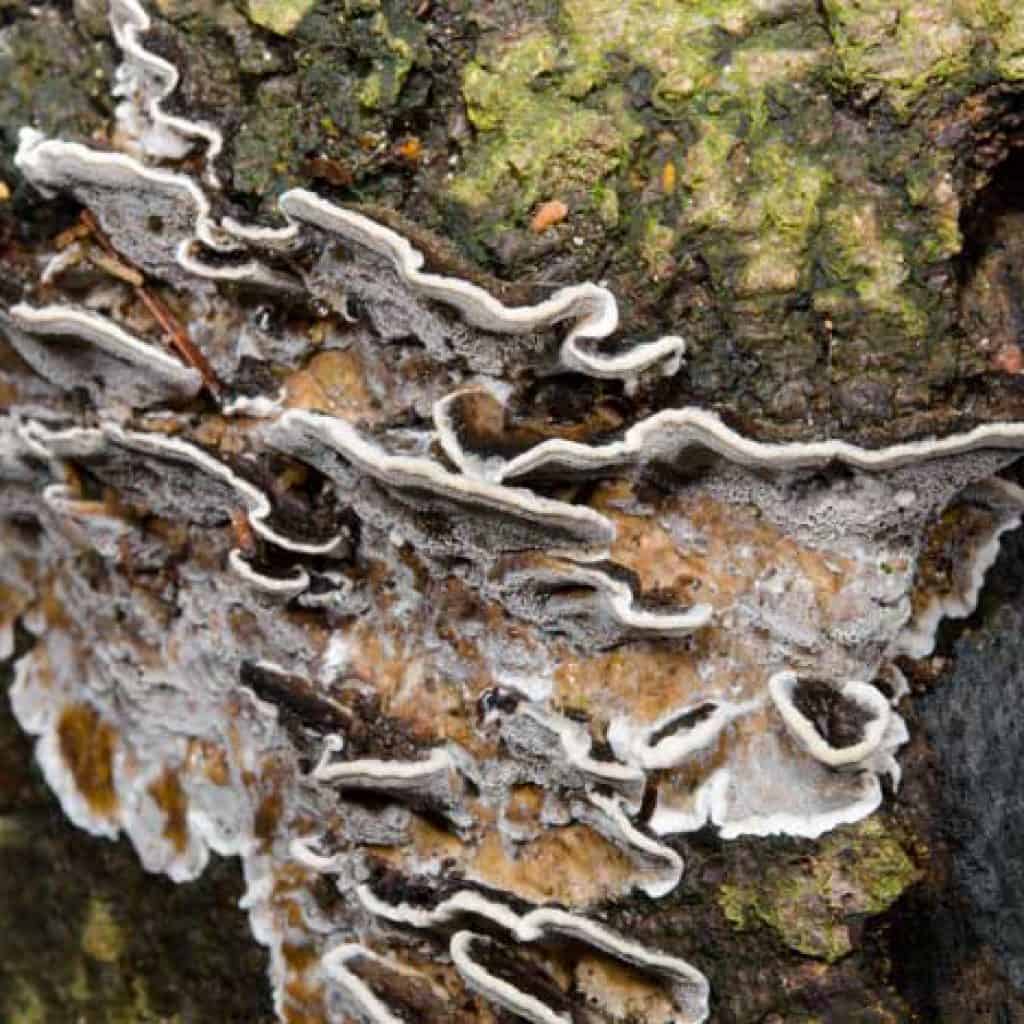White Rot

Scientific Name
Sclerotinia sclerotiorum
Description
White Rot is a fungal disease that affects a wide range of plants, characterized by a white, cottony mold that leads to tissue decay. It can affect stems, leaves, and roots, severely weakening plant health.
Characteristics
The fungus produces a distinctive white, fluffy mycelium and forms hard, black sclerotia on infected tissues. As the disease progresses, plant parts become water-soaked, soft, and ultimately collapse.
Control Methods
- Organic sprays: Apply organic fungicides such as copper-based products, sulfur, or bicarbonate solutions at the early stages of infection.
- Cultural practices: Practice crop rotation, choose resistant varieties, and avoid overhead irrigation to reduce leaf wetness.
- Preventive methods: Maintain proper spacing, reduce excess moisture, and remove infected plant debris to lower the fungal inoculum.
- Biological controls: Encourage antagonistic microbes and beneficial fungi that inhibit Sclerotinia sclerotiorum growth.
- Mechanical physical: Promptly remove and destroy infected tissues and use physical barriers in high-risk areas.
Natural Enemies
- Beneficial Microbes
- Antagonistic Fungi